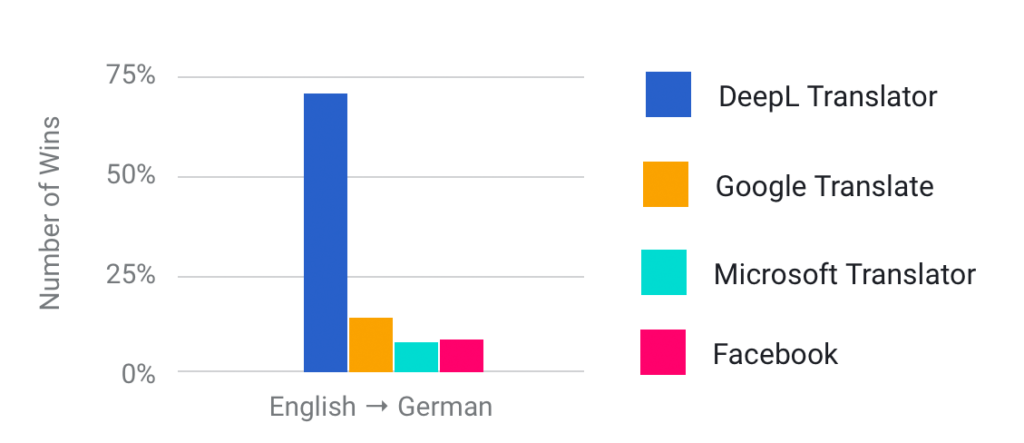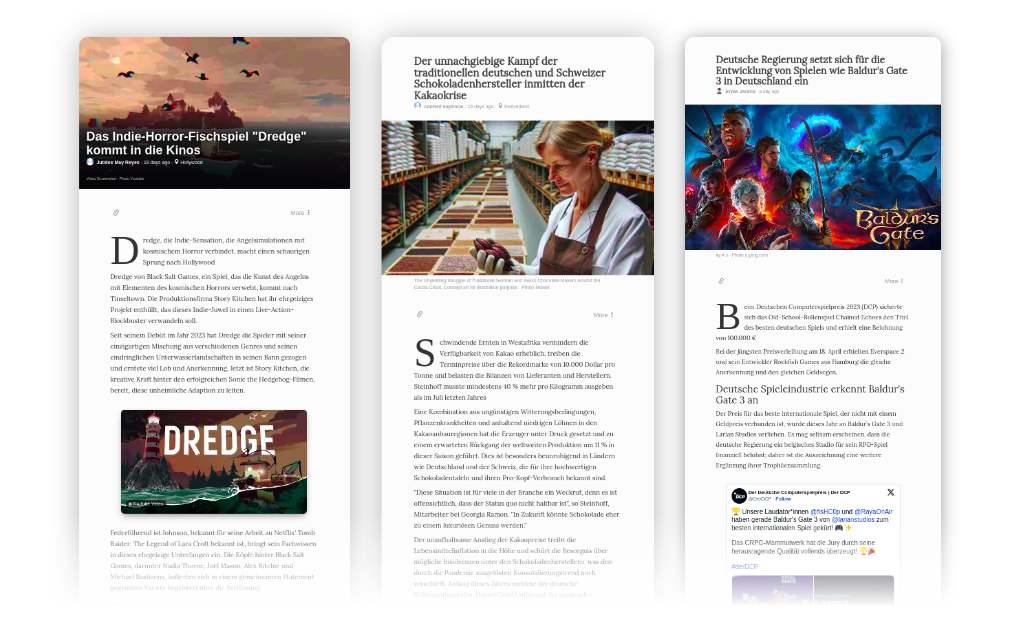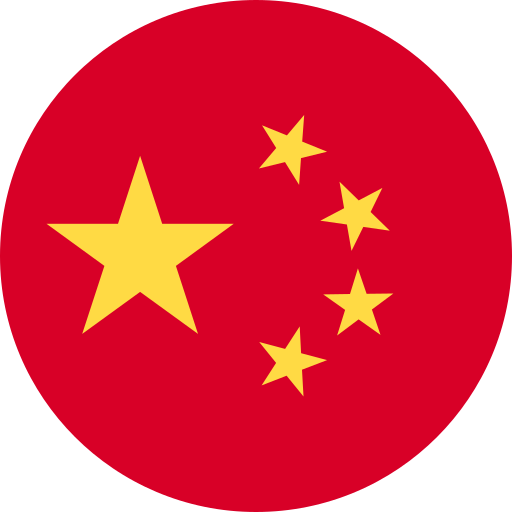
Monok is proud to announce the release of a new method for German articles. The story traces its roots back to when we first released German as a language option for our articles. Back in those early days, we trained a model using back-translation, based on research from Facebook. We used a similar research from Baidu to develop what was perhaps the worlds first commercially available paraphraser, at the time an important component in our now deprecated extractive-abstractive text generator.
Once we actually started offering German articles at scale, we opted for using Google Translate for translating articles written by our English speaking staff, and naturally we had clients hesitant to use this feature as Google Translate falters when it comes to highly technical articles, idioms, jargon, pronouns and other specific cases for the German target audience. Once we switched to DeepL we started to see positive feedback from our clients. This was not surprising as their own benchmark, clearly shows that they outperform competing translators on the market.

Unfortunately, this solution couldn’t match the quality of native German speakers. We began gathering data and feedback from users to better understand how to improve the quality of our German articles. Four key issues emerged, and surprisingly, only one was directly related to translation.
- Pronouns
- Currency
- Dates
- Regional awareness
Writing an article for a target audience that feels native, is so much more than just translation. We had to “nativize” the whole article.
AI Nativizer
The first problem to tackle was the issue of translation: German pronouns.
In German, there are many ways of addressing the reader, from formal (Sie) to informal/impolite (du) or neutral, gendered to neutral, singular to plural and so on. As most of our articles deal with News, what we were being asked for from our clients, was to always address the reader with the neutral plural noun, either “Ihr” or “euch” depending on the context. We’re happy to announce our articles now consistently out-perform both Google Translate as well as DeepL in this benchmark based on human feedback from our clients.

Time and Money.
Monok focuses on delivering hyper-unique news articles to out-compete your average rewrite. This comes at a price as a source-cluster may contain data-points from many different regions of the world, written in different languages, with different currencies and time-zones. Tomorrow’s NBA game could very well be Tonight’s game for a German reader. So we developed a solution to translate dates and times for our articles so they make sense depending on whether the target language is French (French audience in France) or German (German audience in Germany). As we progress with these features, we will come to expand target audience beyond just language, to also encompass region, so as to cover other places in the world that share the same language, this is already handled for articles written in Brazilian Portuguese.
Financial articles contain a lot of references to amounts, usually in US dollars, and in most cases this is just fine for a Forex article or an inflation report. It all comes down to context, but for an article about a new game released on Steam or a new product on Amazon, the price make little to no sense presented in USD when the audience is Swedish, German, French or Korean. This is why we’ve developed an internal currency converter to ensure each article presents vital information in a localized and relatable way for the reader. Our rates are refreshed every 24 hours as this was more than sufficient for the use-case at hand.
Swedish startup has raised a $4M seed round
Startup hat 4M € in Seed-Runde eingeworben
瑞典初创公司在种子轮融资中募集了约3120万人民币。
Startup reser 45 miljoner kronor i seed







The system can now handle the conversion regardless whether the original source material said “$13.43”, “Six million dollars” or “1900 USD”, but more importantly, the output is in a format appropriate for the type of article we produce.
Beyond these two obvious cases, the system is currently managing conversion of temperature, metric/imperial units etc for US English audience. All to ensure that the reader feels at home.
Where LLM’s fail, we pick up the slack
We tested them all—1o, 4o, Mistral, Llama, and more—but none met our needs. For a production-ready solution, we had to develop a custom approach that consistently delivers reliable results. Now, the Monok Nativizer is live across all our articles, enabling us to serve hundreds of German, Dutch, French, and Swedish websites. This breakthrough has empowered us to explore deeper nuances in translation and move toward true transcreation.
Our AI is mindful of the target audience and will no longer mention places like Connecticut or Maharashtra without clarifying that the former is in the United States and the latter in India. However, this is not done for German locations such as Berlin, in a German article.
True British English
As we continue to expand Monok’s capabilities, we are launching localization projects tailored to different regions for each language, beginning with British English.
We quickly realized that there were no true English → British English translation services, with many solutions requiring an intermediary language (mid-lang). This was the case with DeepL, which offered only a limited selection of languages for British English translation—none of them being plain, generic English. When using machine learning to translate between languages, some degree of quality loss is inevitable. The idea of translating twice just to reach our target language was simply not an option for us. So, we decided to build our own solution.
This LLM solution utilizes multiple layers of heuristics for post-processing and verifying output quality before confirming a translated sentence. This level of segmentation is likely achievable only in regional dialect translation, where tone and vocabulary are key focus areas. We initially introduced this solution to a select group of clients in the UK for a trial period before rolling it out more broadly on our platform.
In an interview, she addressed the criticism and declared that she was “done” with people taking the mick out of her relationship.
🇬🇧 British English Translation (UK Celebrity News Article)
We were impressed by the accuracy of the translation and the range of expression available in British English. Subtle nuances, often overlooked, create a sense of familiarity that builds trust with the reader. As this technology matures, we continue to provide clients with articles that use context-appropriate language, written in a style familiar to the audience, with minimal artifacts in the generated translation.
As we advance on our automation journey, we plan to extend these features to encompass a wider range of languages and regional dialects.
